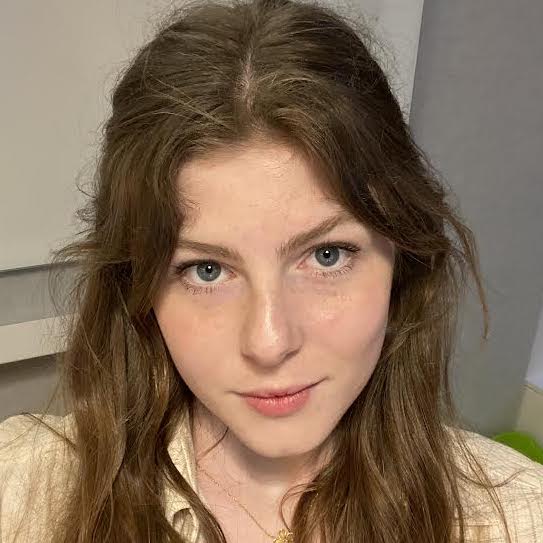This Week in China’s History: September 12, 2009
On the 12th of September, 2009, the first Beijing 798 Biennale came to a close. Throughout the four weeks, controversial figures made headlines and enlivened debate. For instance: Wú Píng 吴萍, an ordinary woman who had prevented real-estate developers from demolishing her ramshackle “nail house” in Chongqing. Wu was invited to be part of a performance-art exhibit titled “The Soulful Society vs. the Net Spirit,” but her invitation was withdrawn, with authorities citing a potentially “poor social impact.”
Wu’s performance would have been to simply sit in front of a replica of her dilapidated house, tell her story over and over again, and answer questions. Wu wasn’t the only one to have her invitation revoked. Works on several topics considered sensitive — the Sichuan earthquake that devastated several counties in May 2008, for example — were also removed from the show.
These events, and others like them, illustrate the tensions between artistic expression, the desire to participate in global communities, and the power of censorship and Party control — tensions that continue to the present.
Product of cooperation
During the Cultural Revolution, art that was considered counter-revolutionary was destroyed and artists publicly humiliated, or worse. What art there was consisted of paintings in the revolutionary romanticist style, often representing the people led by Máo Zédōng 毛泽东. After the Cultural Revolution, reform and opening up brought a shift in China’s economy and culture. In the late 1970s, groups such as the Stars Art Group (星星 Xīngxīng) formed. Some of these artists made demands for political change and openly criticized the government.
During the 1990s, marketable art boomed. The first openly commercial exhibition — “Masterpieces of Chinese Oil Painting” — opened in 1990 at the Zhejiang Academy of Fine Arts. Western art dealers flooded into China and many Chinese artists made a lot of money.
At the center of this movement, Beijing attracted artists from all over, and residential communities of artists formed wherever they found cheap rents and a sense of belonging. The community in Beijing’s western suburbs near the ruins of the Old Summer Palace was raided by police in the winter of 1995, and several artists were imprisoned.
The site that would become 798 Art District was originally in an industrial zone in northeast Beijing, a product of cooperation between the Soviet Union and the People’s Republic of China. It was created in partnership with East Germany and designed in brutalist style. Joint Factory 798 began to produce electronic components for the People’s Liberation Army in 1957. One of the most advanced factories in China, 798 offered workers housing and extracurricular activities.
Once the flagship of China’s achievements under Mao and a symbol of socialist cooperation, 798 suffered during the economic reforms of the 1980s, and production ceased. But the light-filled warehouses and factories soon attracted artists. Besides, rents were low. In 1996, the Central Academy of Fine Arts was set up in the complex, and artists such as Huáng Ruì 黄锐 and Cāng Xīn 苍鑫 established studios there by the end of 2001. Two years later, more than 30 artists, designers, and publishers had moved into the area.
The complex quickly became an international art hub, a status solidified when galleries such as the Pace opened up. International exhibitions were hosted and more than 70 artists showed up at the first Biennale, two-thirds from overseas, cementing Beijing’s status in the international art world.
More visitors, more money, more controls
The low rents that had attracted artists began to rise around 2002. The district became a tourist destination, with cafes and shops targeting the wealthy. High rents ensured the dominance of international galleries to the exclusion of local artists. Site owners demolished buildings, evicted tenants, increased rent, and only offered short-term leases. Plans were put in place to raze the area and build a high-tech park.
Artists quickly organized themselves into a conservation movement. In 2004, artist Lǐ Xiàngqún 李向群, a professor at the Central Academy of Fine Arts and a representative in the People’s Congress of Beijing, suggested the municipal government preserve the place as an art district. The government agreed, and the rest is history. By 2008, 798 was home to entertainment venues, stores, and cafés, not to mention 398 galleries.
The national government played its part in the form of Lǐ Chángchūn 李长春, a member of the Politburo Standing Committee. Li had a direct role in the decision to institutionalize art districts rather than demolish them. Tolerance of expression was visibly greater in an attempt to improve China’s global image. However, according to academic Zhāng Yuè 张玥, this official recognition minimized the influence of artists as a source of political change.
Retreat from international scene
Artists’ communities face an uncertain future. In 2022, the factors that fueled the contemporary art scene and led to the development of art districts such as 798 are no longer with us. The state is less permissive and China has closed up to the art world — international artistic interactions have become more uncommon. Other art zones, such as 50 Moganshan Road (M50) in Shanghai, have experienced similar difficulties and decline.
While greater tolerance was the official line, censorship has been the constant, as exemplified in the 2009 Biennale. Despite receiving no funding from the government, several works were censored and undesirable characters like Wu Ping were kicked out.
This is a major factor in the decline of art spaces in favor of commercial spaces, changing the original atmosphere of the districts. Artists have faced increasing controls, with famous names such as Ài Wèiwèi 艾未未 forced to flee China in order to express themselves.
This Week in China’s History is a weekly column.







